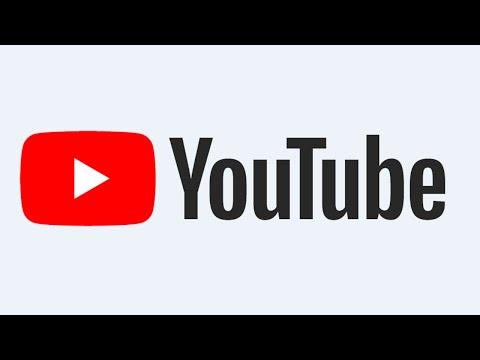It all started one chilly November evening when I decided to delve deeper into the world of live streaming. I had been streaming on Twitch for a while and was enjoying the process, but there was something about the idea of transitioning to YouTube that kept nagging at me. Maybe it was the allure of YouTube’s massive user base, or perhaps it was the potential for a broader audience that piqued my interest. Regardless of the reason, I found myself yearning to switch my streaming platform from Twitch to YouTube. As someone who primarily used OBS Studio for streaming, I knew I had to navigate through some technical adjustments to make this transition smoothly.
Initially, the prospect of changing platforms seemed daunting. I had invested a significant amount of time setting up my Twitch channel with all the necessary configurations, overlays, and alerts. The thought of transferring all of that to a new platform felt overwhelming. However, I decided to take it one step at a time, starting with the core of the issue: reconfiguring OBS Studio to stream to YouTube.
The first thing I did was gather the necessary information for setting up a YouTube stream. Unlike Twitch, where I had grown accustomed to using stream keys and server settings provided directly on the Twitch dashboard, YouTube required a slightly different approach. I needed to access YouTube Studio, where all my streaming settings were located.
Navigating to YouTube Studio was straightforward. I logged into my YouTube account and clicked on my profile icon in the top right corner. From there, I selected “YouTube Studio” from the dropdown menu. Once inside, I clicked on the “Create” button, which was represented by a camera icon with a plus sign, and chose “Go Live” from the options that appeared. This took me to the live streaming setup page where I could configure my stream settings.
The next step was to configure OBS Studio to integrate with YouTube. I opened OBS Studio and began by accessing the settings menu. In the settings menu, I navigated to the “Stream” section. This is where the magic happens for switching between different streaming platforms.
In the “Stream” section, I selected “YouTube / YouTube Gaming” as my service. This option is specifically tailored for YouTube streaming. The most critical component here was the stream key. To obtain the stream key, I returned to YouTube Studio and found the “Stream Settings” tab on the live streaming page. The stream key was prominently displayed, and I copied it with care.
Back in OBS Studio, I pasted the stream key into the designated field in the “Stream” settings. I also ensured that the server settings were correctly configured. While OBS Studio usually defaults to the best server for YouTube, it was essential to double-check that everything was set up properly to avoid any issues during my stream.
Once the stream key was entered, I proceeded to set up my stream’s output settings. This included configuring the video bitrate, encoder, and resolution settings to ensure that my stream would be of high quality. I adjusted the settings according to the recommended values provided by YouTube, which helped me strike a balance between stream quality and performance.
The next crucial step was setting up the scene and sources within OBS Studio. I had already created a number of scenes and sources for my Twitch stream, so I needed to ensure that they were appropriately configured for YouTube. I took the time to review each scene, adjusting any overlays or alerts that might be specific to Twitch. If necessary, I made modifications to ensure that everything was aligned with YouTube’s format and requirements.
Before going live, I decided to do a test stream. This was an essential step to ensure that everything was functioning correctly. I set up a private stream on YouTube to test the configuration and make sure that all aspects of the stream were working seamlessly. During this test, I monitored the stream’s performance, checking for any issues related to video quality, audio synchronization, and stream stability.
After ensuring that everything was running smoothly during the test stream, I was ready to go live. I returned to YouTube Studio, clicked on the “Go Live” button, and started the stream from OBS Studio. Watching the live feed on YouTube Studio confirmed that the transition had been successful. The stream was broadcasting as expected, and I could see the real-time engagement from viewers.
One of the benefits I quickly realized was YouTube’s integrated tools for stream management. The ability to interact with viewers through live chat, manage stream settings on the fly, and access detailed analytics added a new dimension to my streaming experience. It was a refreshing change from Twitch, and I felt more in control of my streaming environment.
The transition from Twitch to YouTube was smoother than I had anticipated. By methodically adjusting OBS Studio settings and carefully testing everything beforehand, I managed to make the switch with minimal hassle. It was a learning experience that taught me a lot about both streaming platforms and how to adapt my setup for different environments.
In conclusion, if you’re considering making a similar switch from Twitch to YouTube while using OBS Studio, the process involves a few key steps: updating your stream key, adjusting settings in OBS Studio, configuring scenes and sources, and conducting thorough testing before going live. By following these steps, you can make a seamless transition and enjoy the benefits of streaming on a new platform.
